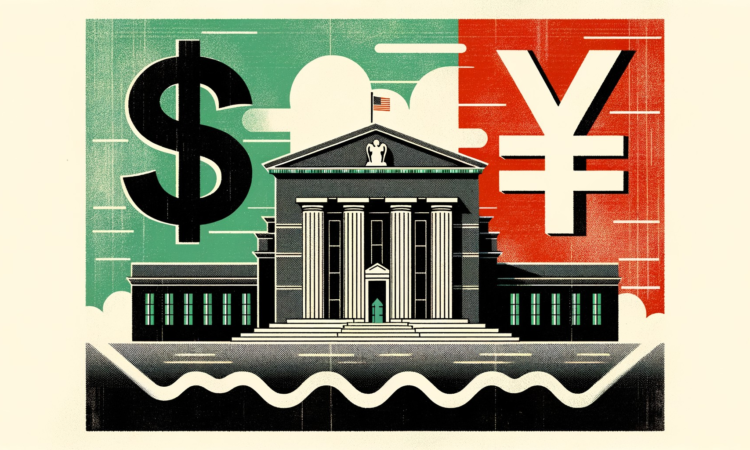
What’s going on here?
The US dollar climbed to a seven-week peak against the Japanese yen, with traders closely monitoring mixed economic data and anticipating potential signals from the Federal Reserve.
What does this mean?
The dollar appreciated by 0.51%, reaching 158.89 yen – its highest level since April 29. Nasdaq’s associate director of trading mentioned that the upcoming US Purchasing Managers’ Index (PMI) report could introduce market volatility. Recent US economic data has been mixed: May retail sales were lackluster, and while new unemployment claims fell, they exceeded expectations, indicating a resilient yet slowly cooling labor market. Meanwhile, the Bank of Japan kept its policy unchanged and will soon release a plan to reduce bond buying, disappointing traders who expected more significant economic action.
Why should I care?
For markets: Dollar dominates amid economic uncertainty.
The dollar index, which measures the greenback against a basket of six major currencies, rose by 0.4% to 105.61, poised for its fifth consecutive week of gains. The dollar’s resilience amid mixed economic data and geopolitical uncertainty, especially political unrest in France impacting European markets, underscores its appeal as a safe haven.
The bigger picture: Global monetary shifts in focus.
Globally, currency movements reflect central banks’ varied responses to economic conditions. The euro fell by 0.34% to $1.0708, staying above its six-week low, while the pound dropped by 0.42% to $1.2667 after the Bank of England chose not to alter rates, citing a ‘finely balanced’ decision. The Swiss franc also weakened as the Swiss National Bank cut interest rates to 1.25%. These changes highlight the sensitive interplay between national policies and international currency markets.


